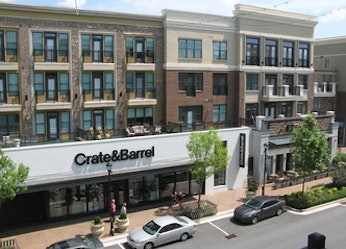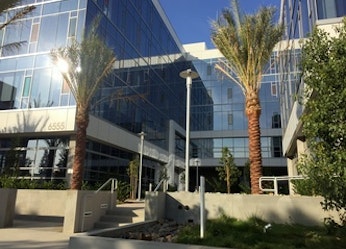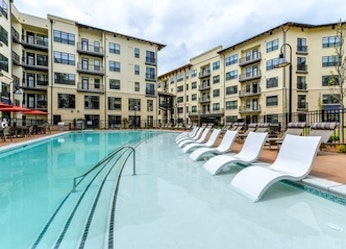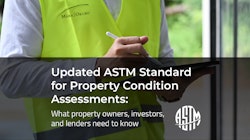

M|O Perspectives
Check back here for our thoughts on the latest developments in our industry.
If you can't predict, you have to prioritize-thoughtfully: What your real estate investments need now
Feb 03, 2017
Is your real-estate crystal ball looking a little cloudy these days? Trying to predict the future of markets these days is tricky—especially with a new President, a mature stage real estate cycle and global low-growth and -yield environments.
As we get into 2017, caution and guarded optimism are some common views of the commercial real estate industry. Much like 2016, this year will have the majority of investors with more capital to provide than opportunities. While still robust compared to historical norms, overall allocations and transaction volumes will likely continue to be less (than the peak of 2015).
The strong discipline from both the debt and equity community have not only created a healthy market related to supply and demand balances, but also may signal an underlying reason for an extended solid real estate climate for the next few years.
Even with the positive aspects of this investor discipline, most see the markets maturing and, as a result, are pulling back substantially on forward rent-growth assumptions. This ultimately translates to dampening asset appreciation, making valuations harder to justify and support in many top markets across the country, especially in CORE asset types.
While total investor yield expectations have not changed much materially, there’s been a reduction in capital appreciation as a component of IRR—putting pressure on generating stronger cash flows to meet and maintain yield goals. With a slowdown in transaction volumes, more property owners will focus on asset management skills and strengths to support yield and asset valuations, as well as increase value-add acquisitions and recapitalizations.
Capital decisions more important than ever
While capital flows and market cycles will always be variable and evolving, the buildings that are the underlying investments react to elements, wear and tear and obsolescence, regardless of the capital stack. Despite any surplus of capital, at current yields, it is a precious commodity once invested. How and where it gets spent on an asset are important decisions that can be complex to prioritize. If there is a higher requirement of cash flow for return, how you’re using your cash becomes paramount.
These are the tough decisions that we at Marx|Okubo help our clients evaluate constantly, as we holistically determine, among a wide range of areas, where they can or should allocate capital. A few examples we consider are: improvements to base building infrastructure, mechanical, equipment or building envelope; enhancements to meet sustainability objectives; and, ultimately, how these interconnected decisions may impact each other. By leveraging our experience on all asset types and looking at the big picture, we have found it becomes more apparent what the benefits of improvements vs. solving needs are, and we help prioritize for the wisest spends and biggest returns.
In a slowing market—it’s possible to get the returns you want, but the way you get it may need to shift. Predictions are never easy, but it’s important to realize there is still a solid market with a lot of opportunities to improve and achieve yield with thoughtful capital decisions and optimizing the value-add of your investments.



What we do.
- Owner's Representation
- Property Condition Assessment
- Project Management
- Constructability Reviews
- Repair | Reconstruction
- Facility Condition Assessment
- Construction Loan Monitoring
- Accessibility
- Building Enclosure
- Fire | Life Safety
- Mechanical | Electrical | Plumbing
- ESG | Sustainability & Resiliency
- Structural Engineering
- ASAP® - Automated Structure Alert Program
Marx|Okubo is a national architecture/engineering/construction consulting firm that works with real estate owners, investors and lenders—at every point of the property lifecycle—to evaluate their building projects, solve complex challenges and implement tailored solutions. We help clients understand their projects’ complexities, so they can make more informed decisions and, ultimately, mitigate their risk.




